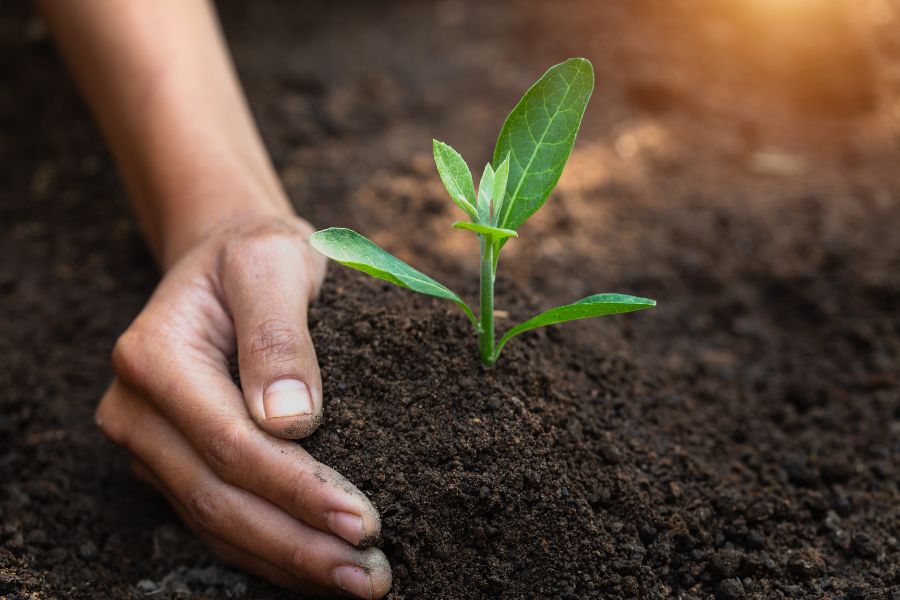For avid gardeners, the secrets to vibrant blooms and fruitful harvests often lie beneath the surface. Delving into the fascinating world of soil science unlocks a treasure trove of knowledge, empowering you to cultivate a thriving haven for your plants.
The Symphony of pH
Soil pH, a measure of its acidity or alkalinity, plays a crucial role in nutrient availability. Most plants thrive in slightly acidic to neutral soil (pH 6.0-7.5). When the pH falls outside this range, nutrient uptake becomes hampered, leading to stunted growth and potential deficiencies. Simple soil tests, readily available at garden centers, reveal your soil’s pH. Adjusting it involves incorporating amendments like lime (raises pH) or sulfur (lowers pH), always following package instructions and retesting to ensure optimal levels.
The Nutrient Powerhouse
Plants require a balanced diet of macronutrients (nitrogen, phosphorus, potassium) and micronutrients (boron, copper, iron, etc.) for optimal growth. Soil acts as a storehouse and supplier of these essential elements. Organic matter decomposition releases nutrients, while minerals like rock dust provide additional sources. Understanding your soil’s nutrient profile through testing helps tailor fertilization practices, ensuring your plants receive the nourishment they need without unnecessary inputs.
Moisture Management: The Art of Hydration
Moisture management is vital for healthy soil and thriving plants. Sandy soils drain quickly, while clay soils retain water readily, but at the risk of poor aeration. Finding the right balance is key. Techniques like mulching, incorporating organic matter, and adjusting watering practices based on soil type and weather conditions help maintain optimal moisture levels, encouraging healthy root development and nutrient uptake.
Testing Your Soil
Investing in a basic soil test kit or sending a sample to a professional lab provides invaluable insights into your soil’s composition. The results reveal pH, nutrient levels, and organic matter content, guiding your soil improvement efforts. Interpreting the results may seem daunting, but numerous online resources and gardening experts can help you decipher the data and translate it into actionable steps.
Adjusting Soil Conditions
Based on your soil test results, you can personalize your approach. Nutrient deficiencies can be addressed with organic fertilizers or targeted amendments like bone meal for phosphorus or blood meal for nitrogen. If drainage is an issue, incorporating sand or perlite can improve it. Conversely, clay soils benefit from the addition of compost or aged manure to enhance aeration and water retention. Remember, small adjustments and monitoring progress are key to achieving optimal soil conditions.
Embrace the Science, Reap the Rewards
By incorporating the principles of soil science into your gardening practices, you’re not just nurturing plants; you’re fostering a thriving ecosystem teeming with life. Understanding pH, essential nutrients, moisture management, and soil testing empowers you to make informed decisions that translate into healthier plants, higher yields, and a flourishing garden that reflects your dedication and understanding of the hidden world beneath your feet. So, embrace the science, experiment with confidence, and witness the transformative power of knowledge in your garden!
Happy gardening! Let your scientific curiosity guide you towards cultivating a vibrant haven for your plants.


Recent Comments